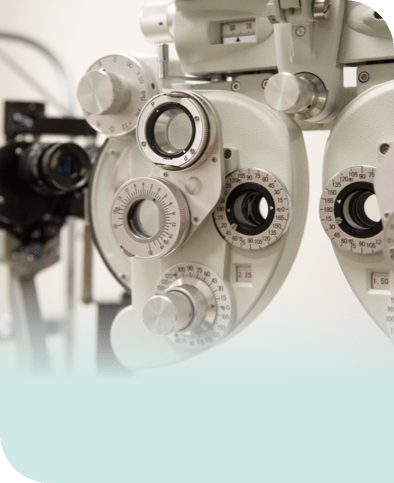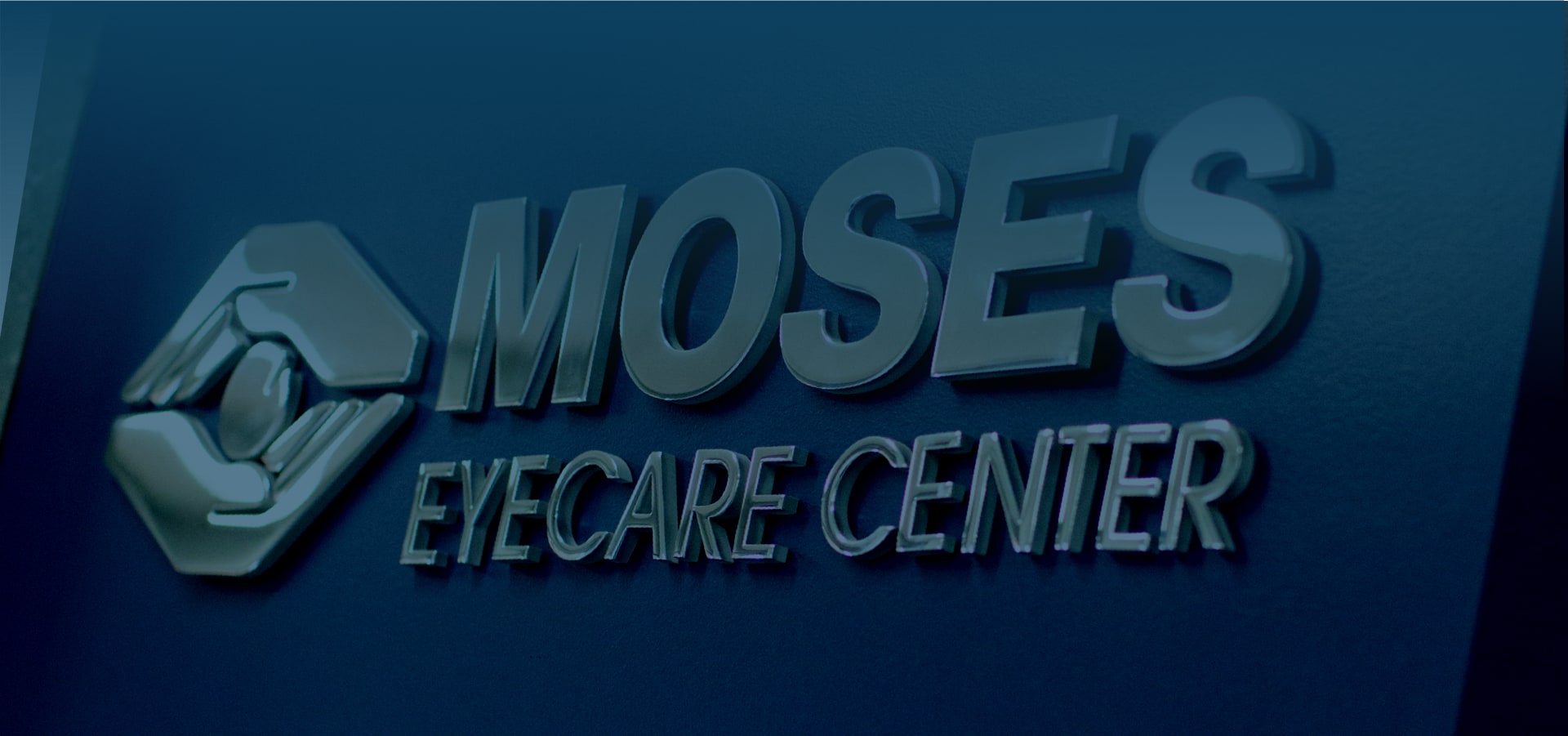Eye exams are not just about getting glasses or contact lenses. They play a crucial role in detecting various eye diseases, some of which may have no symptoms at all. Early detection of these diseases is essential for effective treatment and prevention of permanent vision loss.
Some of the most common eye diseases that can be detected during an eye exam are:
- Cataracts
- Glaucoma
- Diabetic eye disease
- Macular degeneration
- Dry eye syndrome
- Conjunctivitis
- Myopia
- Hyperopia
- Astigmatism
- Presbyopia
- Thyroid eye disease
Cataracts
Cataracts are the leading cause of blindness worldwide. They occur when the lens in the eye becomes cloudy, causing blurry vision and difficulty seeing at night. During an eye exam, the optometrist will check for cataracts by examining your eye’s lens and using a special light to check for any cloudiness. Early detection of cataracts is crucial as they can be removed through surgery, restoring vision effectively.
Glaucoma
Glaucoma is a group of eye diseases that damage the optic nerve, leading to gradual permanent vision loss. It usually has no symptoms in the early stages, making it challenging to detect without an eye exam. During an eye exam, the optometrist will check the pressure in your eyes and examine the optic nerve for any signs of damage. Early detection and treatment are crucial in controlling glaucoma and preventing vision loss.
Diabetic Eye Disease
People with diabetes are at a higher risk of developing eye diseases such as diabetic retinopathy, cataracts, and glaucoma. Diabetic eye disease occurs when high blood sugar levels damage the blood vessels in the retina, leading to vision loss. During an eye exam, optometrists will check your eyes for any signs of diabetes-related eye diseases and advise on necessary treatment or management plans.
Macular Degeneration
Macular degeneration is a condition that affects the macula, a small but essential part of the retina responsible for central vision. It causes blurred or distorted central vision, making it challenging to read, drive, or recognize faces. Regular eye exams can help detect and monitor macular degeneration, which is crucial in preventing severe vision loss.
Dry Eye Syndrome
Dry eye syndrome occurs when the eyes do not produce enough quality tears to keep them lubricated and healthy. This can cause discomfort, blurry vision, and even damage to the surface of the eye. During an eye exam, optometrists can diagnose and provide treatment for dry eye, such as prescribing artificial tears, doing in-office treatments, and suggesting lifestyle changes.
Conjunctivitis
Also known as pink eye, conjunctivitis is a highly contagious infection of the conjunctiva (the thin, clear tissue covering the white part of the eye). It can be caused by bacteria, viruses, or allergens. An optometrist can diagnose and treat conjunctivitis, as well as provide advice on how to prevent it from spreading.
Myopia
Myopia, also known as nearsightedness, is a refractive error that causes distant objects to appear blurry. It occurs when the eyeball is too long, causing light rays to focus in front of the retina instead of on it. Optometrists can diagnose this common condition during an eye exam and prescribe glasses or contact lenses to correct vision.
Hyperopia
Hyperopia, also known as farsightedness, is another refractive error that causes near objects to appear blurry. It occurs when the eyeball is too short, causing light rays to focus behind the retina instead of on it. Optometrists can diagnose hyperopia during an eye exam and prescribe glasses or contact lenses to correct vision.
Astigmatism
Astigmatism is another refractive error caused by an irregularly shaped cornea or lens. This can result in distorted or blurry vision at all distances. Optometrists can diagnose astigmatism during an eye exam and prescribe glasses or contact lenses to correct vision.
Presbyopia
Presbyopia is a condition that affects people over the age of 40, causing difficulty with near vision due to the natural aging process of the eye. It occurs when the lens becomes less flexible, making it harder to focus on close objects. Optometrists can diagnose presbyopia during an eye exam and prescribe glasses or contact lenses specifically for reading.
Thyroid Eye Disease
Thyroid eye disease is an autoimmune condition that affects the muscles and tissue surrounding the eye. It can cause symptoms such as bulging eyes, double vision, redness, and swelling. Optometrists can diagnose thyroid eye disease during an eye exam and refer patients to an ophthalmologist for further treatment.
Eye Exams at Moses Eyecare Center
Optometrists play a crucial role in maintaining good eye health and overall vision. Regular eye exams are key to detecting any potential issues early on, allowing for prompt treatment and prevention of further complications.
At Moses Eyecare Center, our team is dedicated to providing the care your eyes need and deserve. From routine eye exams to managing chronic conditions, we are here to help you see clearly and maintain optimal eye health. Don’t wait until you experience symptoms—schedule an appointment with us today. Your eyes will thank you.













